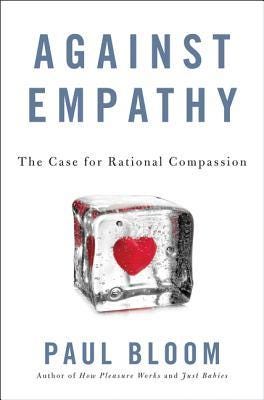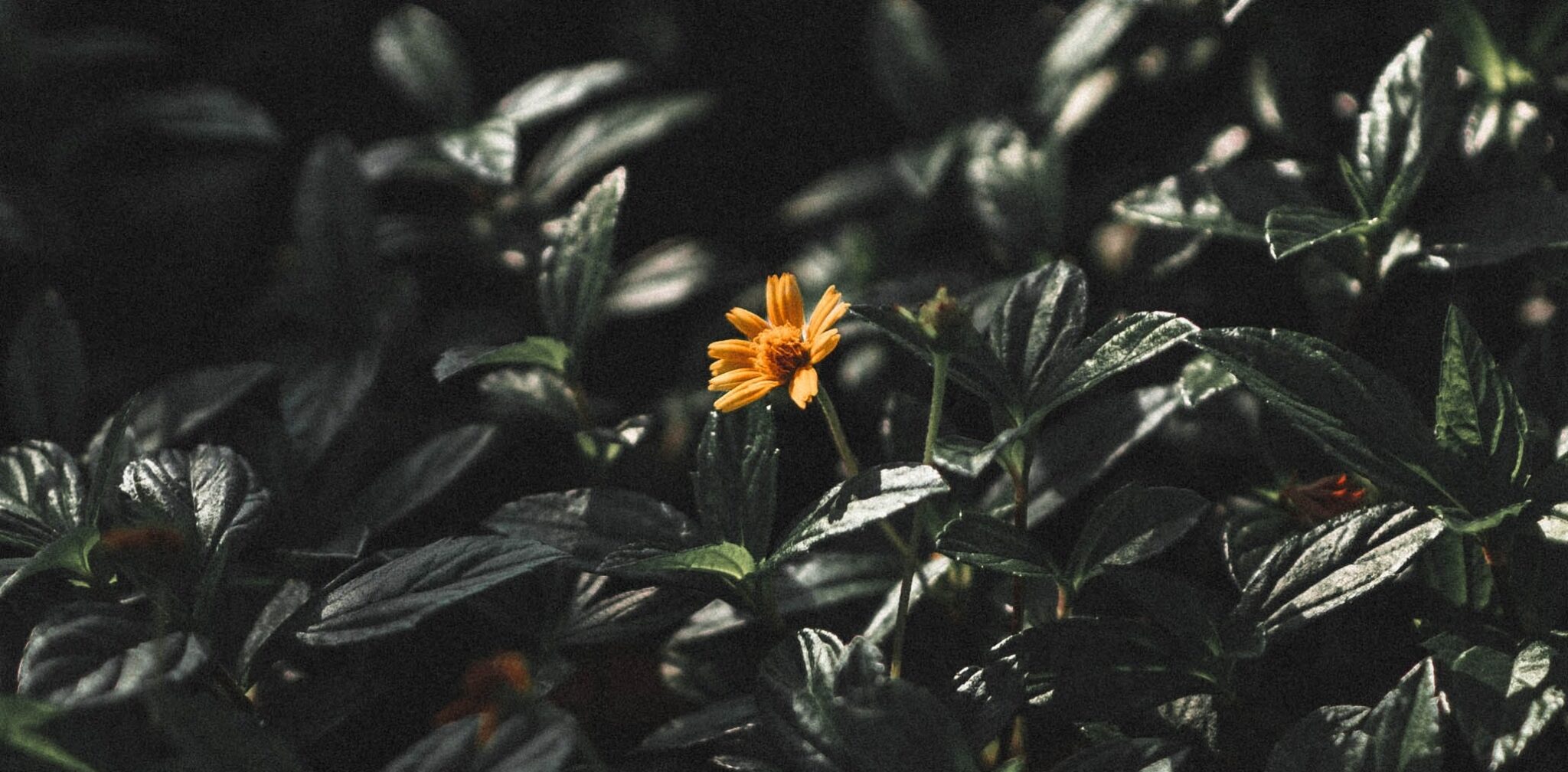
By David Brooks Opinion Columnist NYT May 7th 2023
In the early 1960s typical Americans were eager to get on with adult life. As soon as they could, they married, launched careers and started popping out kids. In those days, half of all women married before their 20th birthday.
Then the boomers came of age. Typical members of that generation wanted to enjoy their freedom, so many put off marriage and parenting until their late 20s or their 30s. They adopted what some researchers call the “slow life strategy,” postponing the common milestones of adulthood until later in life.
As the psychologist Jean Twenge shows in her lavishly informative new book, “Generations,” the members of Gen Z are now practicing the slow life strategy with a vengeance.
They have already transformed adolescence. Members of Gen Z are, for example, content to get their driver’s licenses later than earlier generations. As high school seniors, they are less likely to do the things associated with adulthood and independence, like drinking alcohol, working for pay or having sex. When members of Gen X were in ninth grade, nearly 40 percent of them had had sex. By 2021, only 15 percent of the Gen Z ninth graders had.
As Twenge puts it: “In many ways, 18-year-olds now look like 14-year-olds in previous generations. For example, only about half of 12th graders date, about the same as eighth graders in the early 1990s.”
Twenge is not rendering a judgment here; she’s not saying that one generation is living the right way or the wrong way. Young people today are simply taking their time.
It makes perfect sense. People are living longer. If it’s now possible to run for president at age 80, then it’s prudent and wise to pace yourself through life, and not try to cram everything into those first unsteady decades.
But something else is going on here. Gen Z-ers grew up with hypercautious parenting that exaggerates the dangers in life. They grew up in a media culture that generates ratings and clicks by generating division and anger. They grew up in a political culture that magnifies a sense of menace — that presumes that other people are toxic — in order to tell simplistic us/them stories and mobilize people’s fears.
This culture of exaggerated distrust and presumed toxicity has influenced us all, but the younger generations most of all. On the one hand it’s made them hypervigilant to danger. Since 2011 the number of kids who have had to go to the emergency room for nonfatal injuries has plummeted. Members of Gen Z are less likely to do drugs or get into fights or car accidents than were teens in previous generations.
On the other hand this culture has induced — in all of us, but especially in the young — an aversion to risk.
In 1991, 48 percent of eighth and 10th graders said they liked to take risks sometimes. By 2021, that number had plunged to 32 percent.
People who grow up in this culture of distrust are bound to adopt self-protective codes of behavior. I’ve been teaching college students on and off for 25 years. Over the last few years, students have become much less willing to argue with one another in class. They don’t want to be viciously judged. It’s not even that they are consciously afraid of being canceled. It’s simply that the norm of non-argumentativeness in public has settled over many (but not all) parts of campus culture.
People who grow up in a culture of distrust are bound to be pessimistic about life. Since around 2012, the share of 12th graders who expect to earn a graduate or professional degree, get a professional job or own more than their parents has plummeted (even though, as Twenge shows, their brothers and sisters in the millennial generation are doing better and better).
People who grow up with this mentality are also less likely to believe they can control their own destinies. In her book, Twenge has a chart showing the share of 12th graders who believe that their lives are blown about by outside forces has been surging since 2006. That matters, she writes, because people who go through life with this defeatist attitude have worse life outcomes.
As a certified middle-aged guy, I’m glad that the members of Gen Z behave so much more responsibly than members of previous generations. Politically, they lean left, but dispositionally they are cautious and conservative.
But the sense of exaggerated menace has its downsides. Twenge describes a moment when she was telling some Gen Z women about a lady who had met her future husband when he hit on her in an elevator in their office building. That would almost never happen today, the young women told Twenge. His behavior would be considered creepy and stalkerish.
It’s always good to be on guard against a dangerous creep, but you may miss out on meeting the person who could be the love of your life.
https://www.nytimes.com/2023/05/04/opinion/gen-z-adulthood.html












